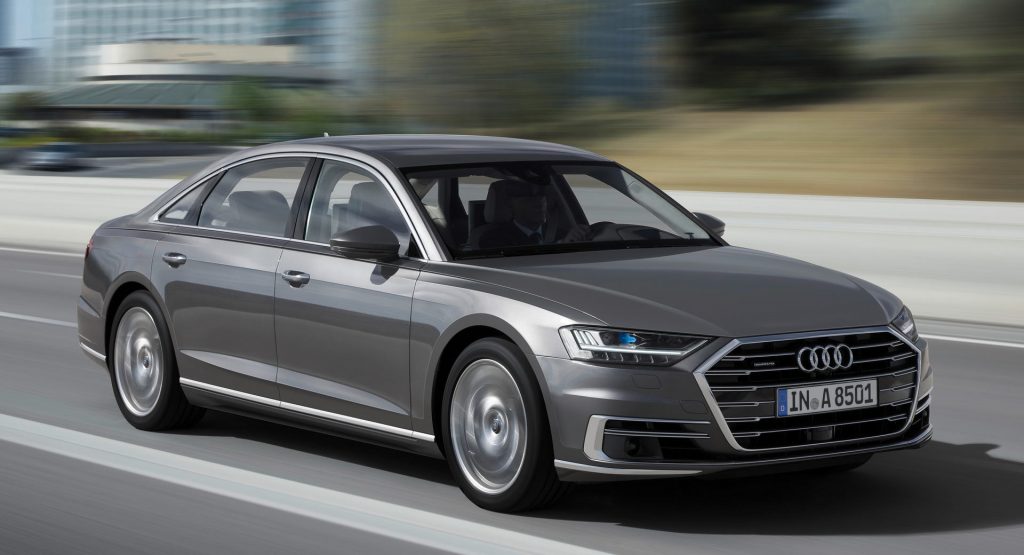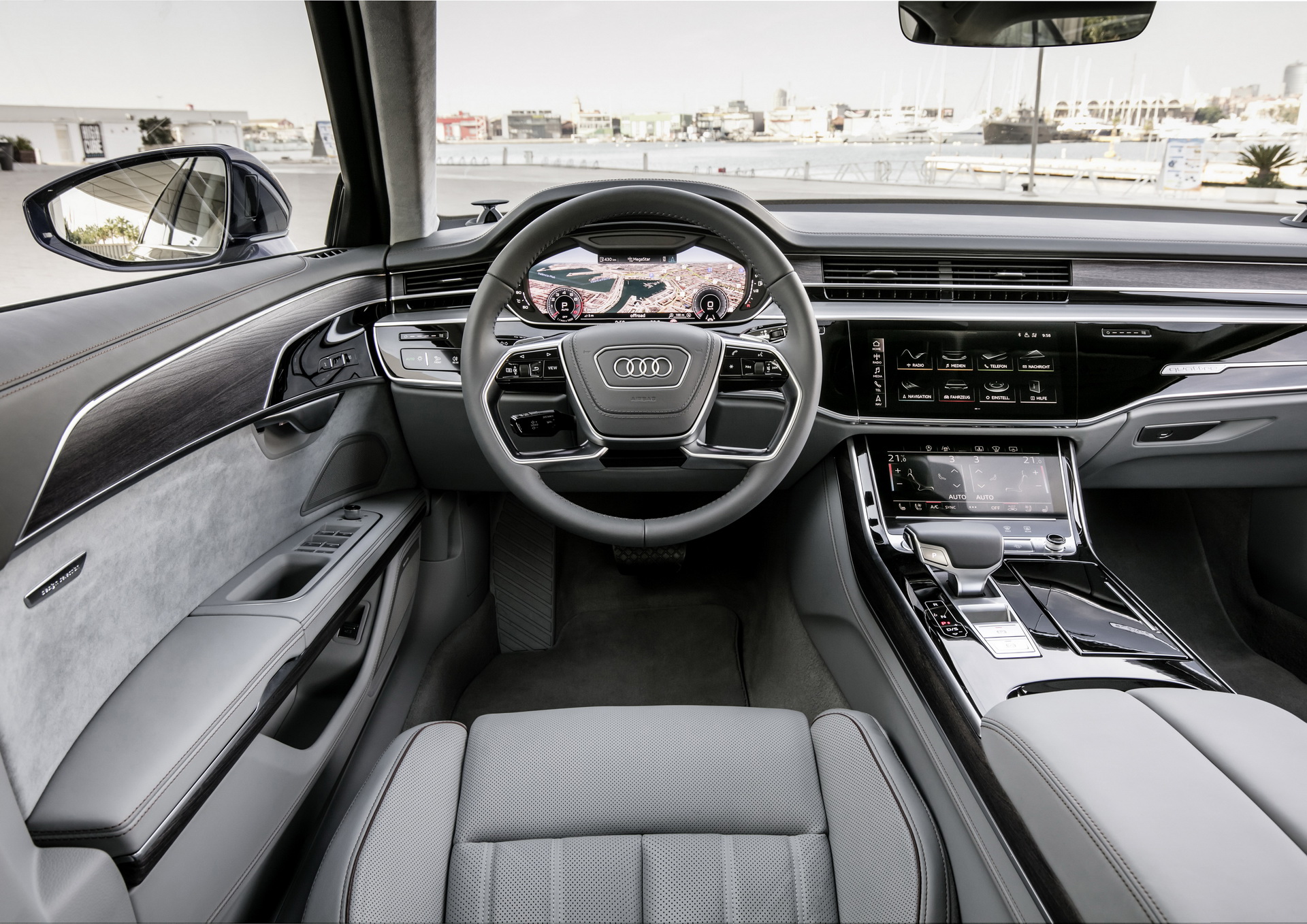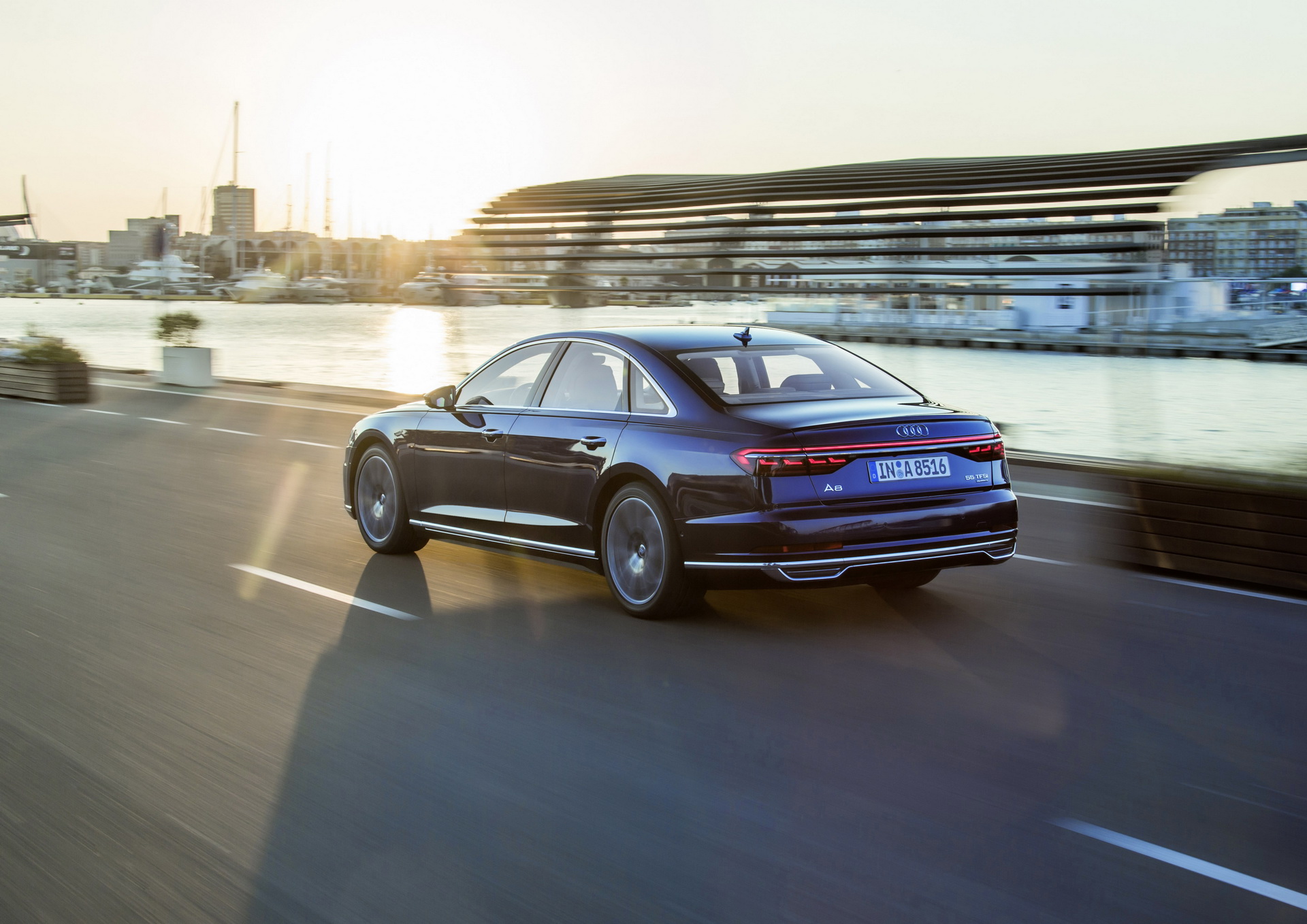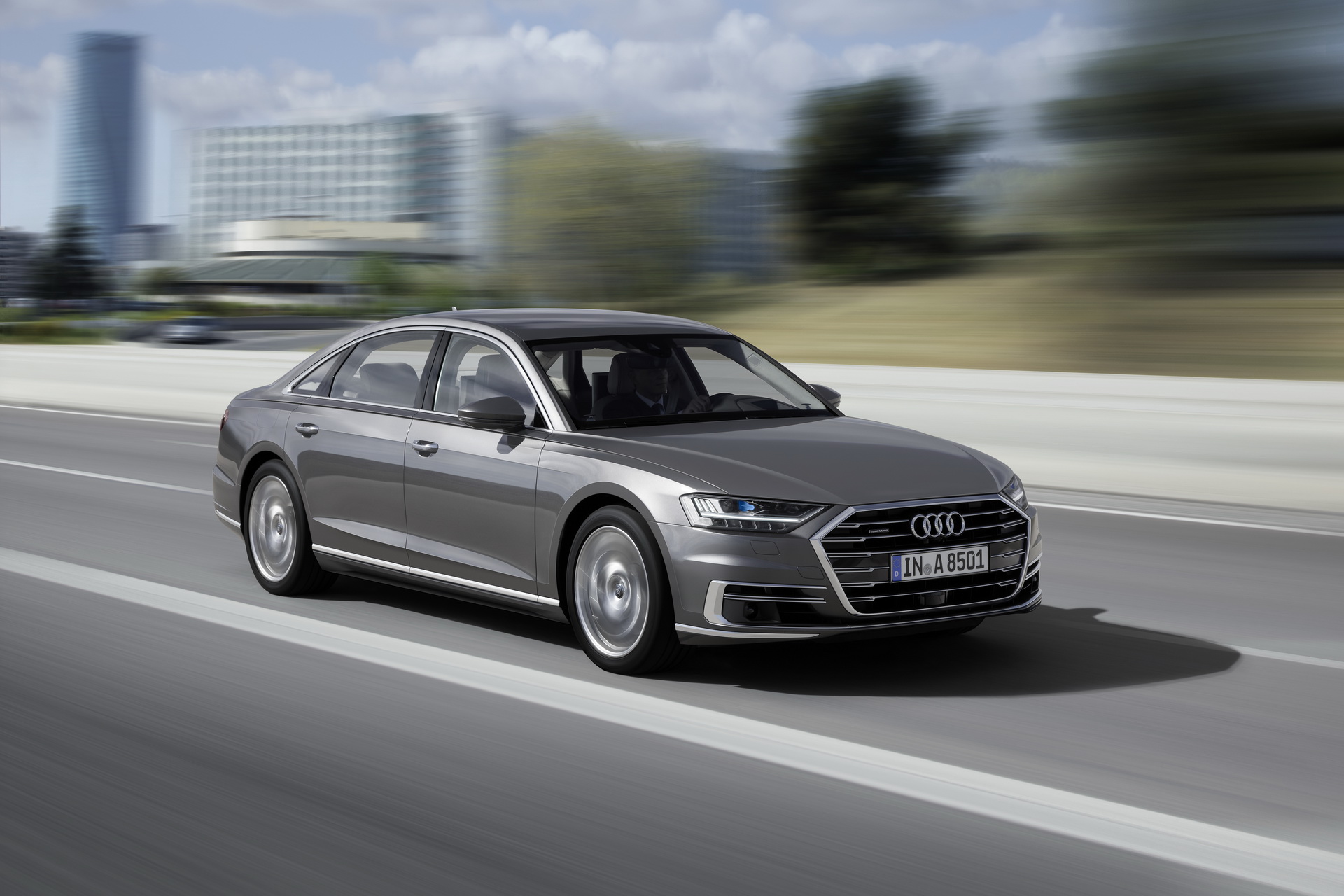It would appear that Audi is giving up on introducing Level 3 autonomous technology on its current A8 flagship model, which is due for a facelift next year.
A senior Audi executive told Autonews Europe that the German carmaker simply doesn’t have enough time to make its eyes-off autonomous system compliant in the A8. Initially, Audi wanted to activate Traffic Jam Pilot for the A8 in markets where governments allowed it.
Unfortunately, global regulators have yet to agree on a type approval process for even the most rudimentary Level 3 functionality – meaning a point where it is safe for the driver to take his or her eyes off the road.
Read Also: The 2020 Audi A8 TFSI e PHEV Is A Wise Choice Over The Base A8
“We will not see the Traffic Jam Pilot on the road with its originally planned Level 3 functionality in the current model generation of the Audi A8 because our luxury sedan has already gone through a substantial part of its model life cycle,” said Audi technical development boss Hans-Joachim Rothenpieler. “Currently, there is no legal framework for Level 3 automated driving and it is not possible to homologate such functions anywhere in the world in a series production car.”
Audi wanted the A8 to be the first production car with eyes-off conditional autonomy, and this setback means that it could end up trailing its German rivals from Mercedes and BMW in the autonomous tech department. The latter two are aiming to launch Level 3 systems in the new-gen S-Class and iNEXT crossover, although nothing has been finalized.
Meanwhile, sources close to Audi stated that corporate lawyers in particular have been critical of Level 3 systems, warning Audi executives that there are no guarantees customers would go on to properly service the vehicles, leaving the carmaker liable in case of an accident.
Even Volvo backed away from Level 3 autonomous technology, considering it “unsafe”.
“The euphoria in the auto industry around Level 3 has subsided substantially,” concluded Rothenpieler.
Going forward, Audi will focus on improving Level 2 driver assistance systems, which do not transfer any legal responsibility to the carmaker in case of a crash.










